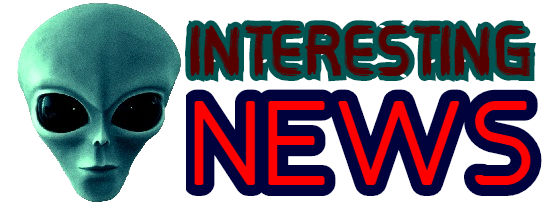
July will start with bright flashes of light across the US to celebrate Independence Day, but later this month the cosmos will have its own light show and a host of other celestial events for astronomy enthusiasts.
From weather-induced full moons to various meteor showers, here are the key astronomical events to mark on your calendar:
Thunder Moon: July 10
The first full moon of the astronomical summer will rise on Thursday, July 10. This lunar phenomenon, called the Thunder Moon, will be visible in many parts of the world.
The Thunder Moon gets its name from the frequent thunderstorms that rage across North America in July. It is also called the Buck Moon because the antlers of deer grow rapidly before the fall rut.
The full moon will appear in the southeastern sky in the late afternoon. It will shine brightly throughout the night, and then set in the southwest in the early morning.
Milky Way: Late July
In July, nights north of the equator are among the shortest of the year, but despite this, stargazers look forward to summer nights for magnificent views of the Milky Way.
In summer, the night side of the planet faces the galactic core, making the Milky Way brighter than at any other time of year.
Plan your stargazing around the new moon on July 24, and head to a dark location away from city lights, as light pollution can easily obscure the galaxy’s faint glow.
July 29-30: 2 meteor showers in one night
An astronomical double meteor shower will light up the sky the night of Tuesday, July 29, into the early morning of Wednesday, July 30, when two meteor showers peak simultaneously: the Southern Delta Aquarids and the Alpha Capricornids, according to the American Meteor Society (AMS).
As a result of their simultaneous appearance, it will be possible to observe 20-30 meteors per hour, including the chance to see incredibly bright meteors known as fireballs.
While the best night is expected to be July 29-30, the AMS says both meteor showers will be active for about a week, making any night in late July and early August a great time to get outside and watch for shooting stars.
Sourse: www.upi.com
July will start with bright flashes of light across the US to celebrate Independence Day, but later this month the cosmos will have its own light show and a host of other celestial events for astronomy enthusiasts.
From weather-induced full moons to various meteor showers, here are the key astronomical events to mark on your calendar:
Thunder Moon: July 10
The first full moon of the astronomical summer will rise on Thursday, July 10. This lunar phenomenon, called the Thunder Moon, will be visible in many parts of the world.
The Thunder Moon gets its name from the frequent thunderstorms that rage across North America in July. It is also called the Buck Moon because the antlers of deer grow rapidly before the fall rut.
The full moon will appear in the southeastern sky in the late afternoon. It will shine brightly throughout the night, and then set in the southwest in the early morning.
Milky Way: Late July
In July, nights north of the equator are among the shortest of the year, but despite this, stargazers look forward to summer nights for magnificent views of the Milky Way.
In summer, the night side of the planet faces the galactic core, making the Milky Way brighter than at any other time of year.
Plan your stargazing around the new moon on July 24, and head to a dark location away from city lights, as light pollution can easily obscure the galaxy’s faint glow.
July 29-30: 2 meteor showers in one night
An astronomical double meteor shower will light up the sky the night of Tuesday, July 29, into the early morning of Wednesday, July 30, when two meteor showers peak simultaneously: the Southern Delta Aquarids and the Alpha Capricornids, according to the American Meteor Society (AMS).
As a result of their simultaneous appearance, it will be possible to observe 20-30 meteors per hour, including the chance to see incredibly bright meteors known as fireballs.
While the best night is expected to be July 29-30, the AMS says both meteor showers will be active for about a week, making any night in late July and early August a great time to get outside and watch for shooting stars.
Sourse: www.upi.com
Your email address will not be published.
